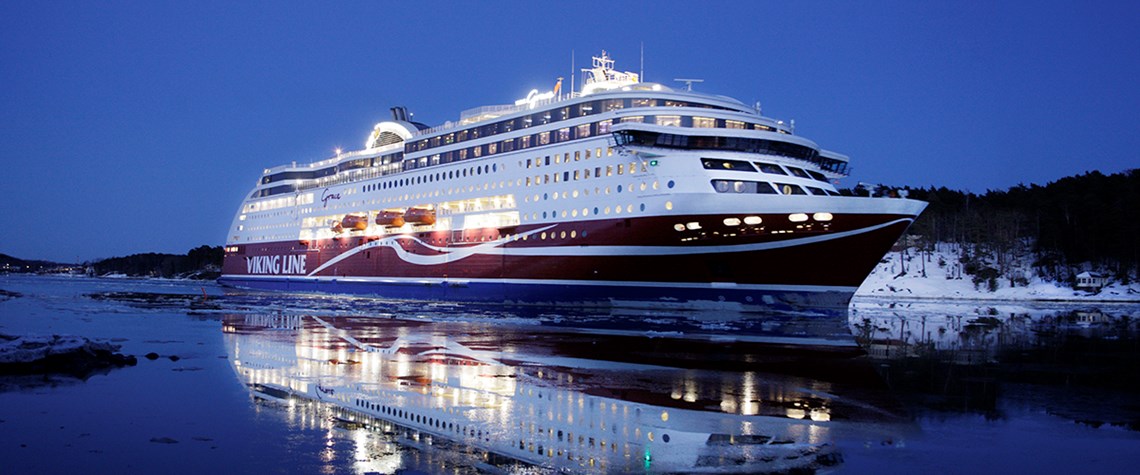Europe—ready to dock
European passenger boats are looking to LNG for fuel
European port authorities and shipping companies, particularly ferry operators, are developing more liquefied natural gas bunkering facilities as they head towards a gas-powered future. According to a study released in July by Norwegian classification society DNV GL, by 2030 up to 2m cubic meters a year of LNG will be bunkered for ships in the Iberian Peninsula and 8m cm/y by 2050. The estimates, which cover 40 ports, assume a cost of around €1bn ($1.18bn) by 2030 to develop the LNG supply chain. A corner may have been turned in terms of guarantee of supply. The study talks of "a huge potential for LNG as a marine fuel that will utilise the current spare capacity of the existing LNG import t

Also in this section
12 December 2025
The latest edition of our annual Outlook publication, titled 'The shape of energy to come: Creating unique pathways and managing shifting alliances', is available now
12 December 2025
The federal government is working with Alberta to improve the country’s access to Asian markets and reduce dependence on the US, but there are challenges to their plans
11 December 2025
The removal of the ban on oil and gas exploration and an overhaul of the system sends all the right messages for energy security, affordability and sustainability
10 December 2025
The economic and environmental cost of the seven-year exploration ban will be felt long after its removal







